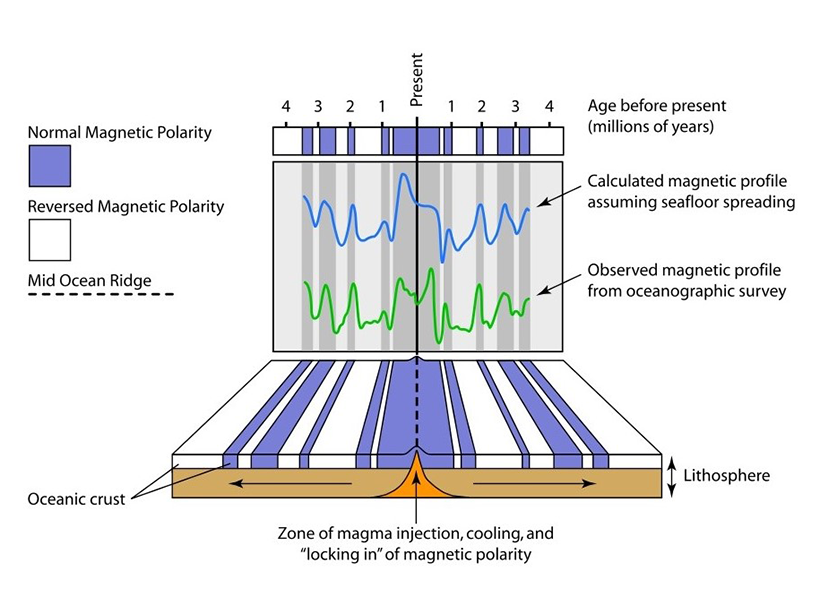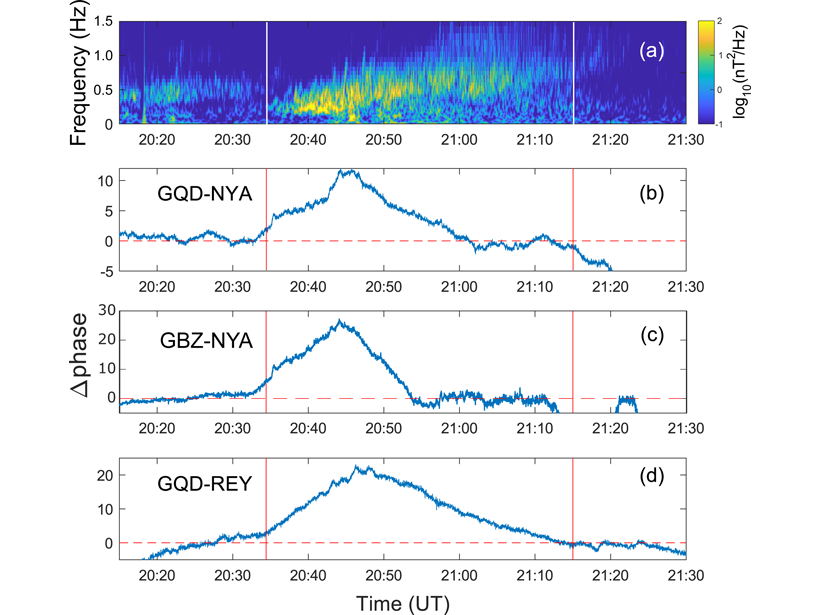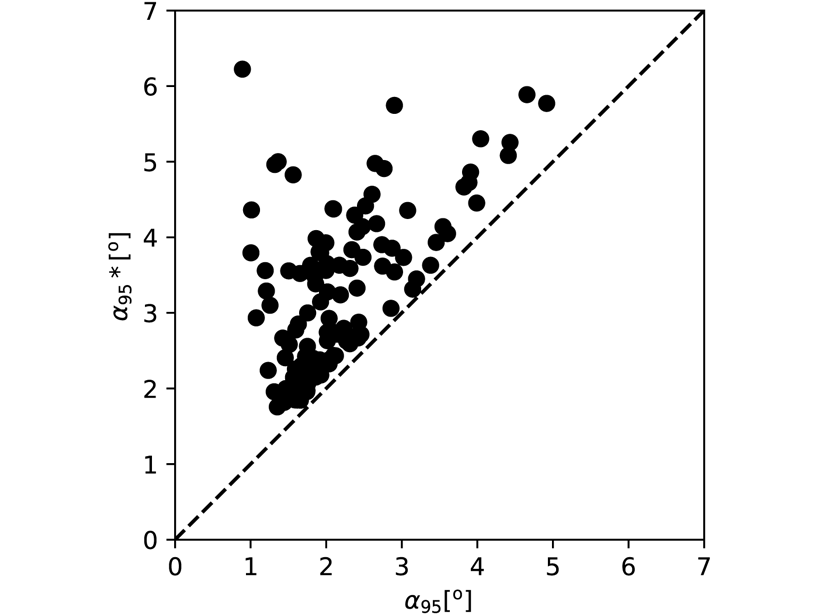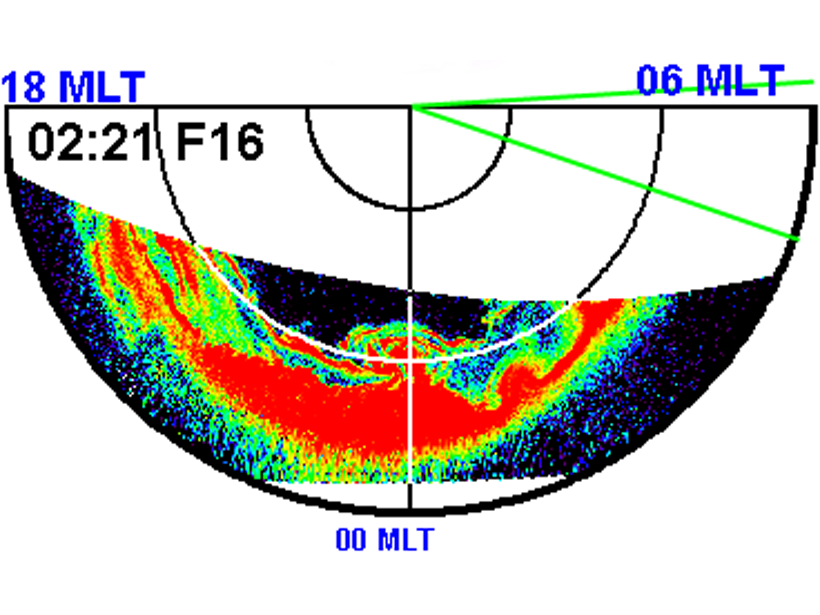Detailed paleomagnetic records from Black Sea sediments reveal intricate changes in the field during geomagnetic excursions.
magnetic fields & magnetism
Steadying Mid-Ocean Ridge Spreading Rates
Researchers used an up-to-date global magnetic anomaly data set to track the history of magnetic field reversals and obtain more accurate estimates of tectonic spreading rates.
Podcast: Putting Brains in Rock Machines
One geophysicist deviated from his usual work on paleomagnetism to study the magnetic remanence of human brains.
All Hands on Deck to Catch Ion Cyclotron Waves
An international armada of orbiting satellites and ground VLF network join forces to form a “magnetosphere-ionosphere observatory” to size up electromagnetic ion cyclotron waves in the magnetosphere.
Uncertainty Propagation in Paleomagnetic Data Quantified
In classic paleomagnetic data processing uncertainties are calculated at a single level only, but there is now a more lucid way to include error propagation.
Upstream Propagating Magnetic Dips in the Magnetosheath
The previous consensus that magnetic dips in the magnetosheath can be attributed to non-propagating mirror waves is now shown to be oversimplified.
The Global Geomagnetic Field of the Past Hundred Thousand Years
Global data compilations and the production of time-varying paleomagnetic field models over the past hundred thousand years provide insights into geomagnetic field evolution.
Power Outage When the Aurora Throws a Curve Ball
Omega-band aurora carries fast propagating electric currents in the azimuthal direction, producing geomagnetically induced currents that can cause power outage on the ground beneath.
Chicxulub Impact Crater Hosted a Long-Lived Hydrothermal System
Chemical and mineralogical evidence of fluid flow—potentially conducive to microscopic life—was revealed in rock cores extracted from the crater’s “peak ring.”
Is Space Weather Worse by the Sea?
A new simulation of space-weather driven geoelectric fields at the land/sea conductivity boundary shows how these fields are magnified by both coastal effects and inhomogeneous land conductivity.










